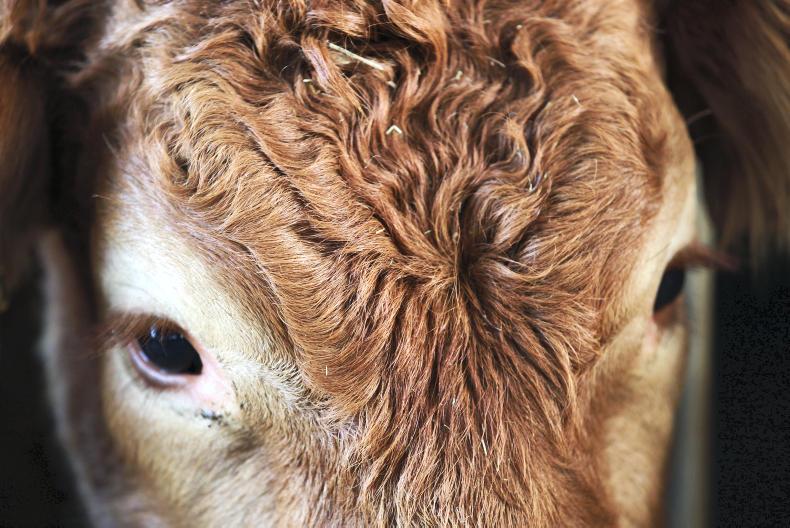A classical case of BSE was identified on farm as part of routine surveillance in the northeast of Scotland, the Scottish government has confirmed. The Animal and Plant Health Agency (APHA) is investigating the source of the outbreak.
The disease was found in a pedigree animal that was not imported to Scotland. As a result, Scotland will lose it's BSE negligible risk status which it gained from the Word Health Organisation (OIE) just last year.
Investigations
The animal in question did not enter the human food chain. All animals over four years of age that die on-farm are routinely tested for BSE.
The animal's cohorts, including offspring, have been traced and isolated, and will be destroyed in line with EU requirements.
Movement restrictions have been put in place at the farm, while further investigations to identify the origin of the disease occur.
“While it is too early to tell where the disease came from in this case, its detection is proof that our surveillance system is doing its job. We are working closely with the Animal and Plant Health Agency to answer this question and, in the meantime, I would urge any farmer who has concerns to immediately seek veterinary advice,” chief veterinary officer Sheila Voas said.
BSE-free for a decade
Scotland has been BSE-free since 2009. In May 2017, the World Organisation for Animal Health (OIE) recognised the official BSE risk status of Scotland (and Northern Ireland) as negligible risk, the lowest risk level. This follows on from the Scottish government’s application to the OIE in 2016.
A spokesperson for the Scottish government confirmed that this case will have an impact on Scotland's BSE-free status.
The case identified is classical BSE. This is the type associated with contaminated feed and variant Creutzfeldt-Jakob disease in humans, which caused the European mad cow crisis at the end of the 20th century.
The second variety, atypical BSE, appears spontaneously in older cattle and remains unexplained.
Read more
South Korea to tighten US checks after BSE case
A classical case of BSE was identified on farm as part of routine surveillance in the northeast of Scotland, the Scottish government has confirmed. The Animal and Plant Health Agency (APHA) is investigating the source of the outbreak.
The disease was found in a pedigree animal that was not imported to Scotland. As a result, Scotland will lose it's BSE negligible risk status which it gained from the Word Health Organisation (OIE) just last year.
Investigations
The animal in question did not enter the human food chain. All animals over four years of age that die on-farm are routinely tested for BSE.
The animal's cohorts, including offspring, have been traced and isolated, and will be destroyed in line with EU requirements.
Movement restrictions have been put in place at the farm, while further investigations to identify the origin of the disease occur.
“While it is too early to tell where the disease came from in this case, its detection is proof that our surveillance system is doing its job. We are working closely with the Animal and Plant Health Agency to answer this question and, in the meantime, I would urge any farmer who has concerns to immediately seek veterinary advice,” chief veterinary officer Sheila Voas said.
BSE-free for a decade
Scotland has been BSE-free since 2009. In May 2017, the World Organisation for Animal Health (OIE) recognised the official BSE risk status of Scotland (and Northern Ireland) as negligible risk, the lowest risk level. This follows on from the Scottish government’s application to the OIE in 2016.
A spokesperson for the Scottish government confirmed that this case will have an impact on Scotland's BSE-free status.
The case identified is classical BSE. This is the type associated with contaminated feed and variant Creutzfeldt-Jakob disease in humans, which caused the European mad cow crisis at the end of the 20th century.
The second variety, atypical BSE, appears spontaneously in older cattle and remains unexplained.
Read more
South Korea to tighten US checks after BSE case






 This is a subscriber-only article
This is a subscriber-only article










SHARING OPTIONS: